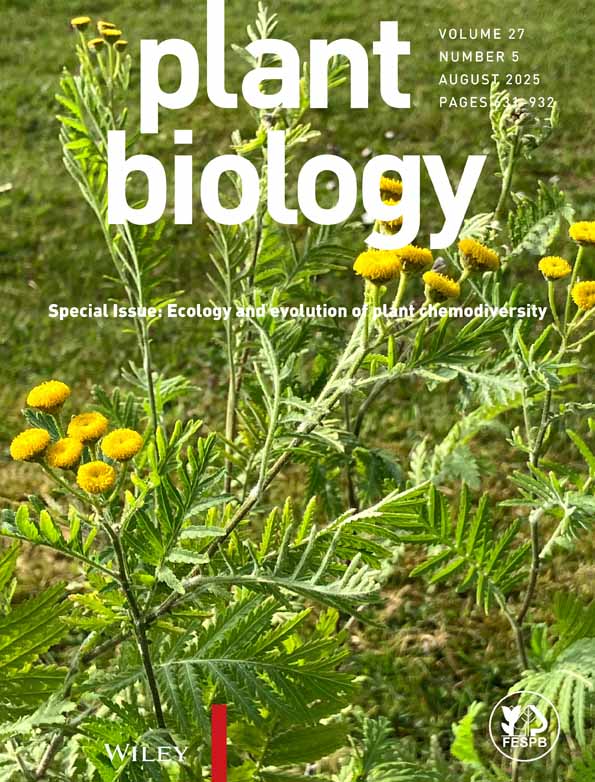Morphological Adaptation of Inflorescences in Plants that Develop at Low Temperatures in Early Spring: The Convergent Evolution of “Downy Plants”
Abstract
Abstract: A new category of plants that exhibit convergent evolution, namely “downy plants”, is described and discussed here on the bais of natural selection. So-called snowball plants can be represented by Saussurea gossypiphora D. Don (Compositae), which has extremely dense trichomes on well-developed bracts that are tightly packed around floral buds. Plants whose morphology is similar to that of S. gossypiphora are found at high elevations of alpine zones in the Nepalese Himalayas, where temperatures are low and precipitation is high (frequent rain) in summer. Nonetheless, we noticed that plants with a morphology similar to that of Himalaya snowball plants are commonly distributed from temperature to Arctic zones, and are even found in Alaska where precipitation is very limited. Willows (Salix spp.: Salicaceae) and deciduous magnolias (Magnoliaceae) are typical examples of such plants. Measurements of temperature inside and outside the inflorescences of Salix (pussy willow or catkin) and of Magnolia suggested that the pubescent bracts might play a role in keeping the interior of buds warm, but that the effect depends on light intensity. Our examination of such species led us to extend the concept of “snowball plants” to a larger group of plants, namely “downy plants”, that are characterized by very dense trichomes on tightly packed bracts of inflorescences. Downy plants are thereby considered to represent a convergent adaptation that allows blooming at low temperatures.




